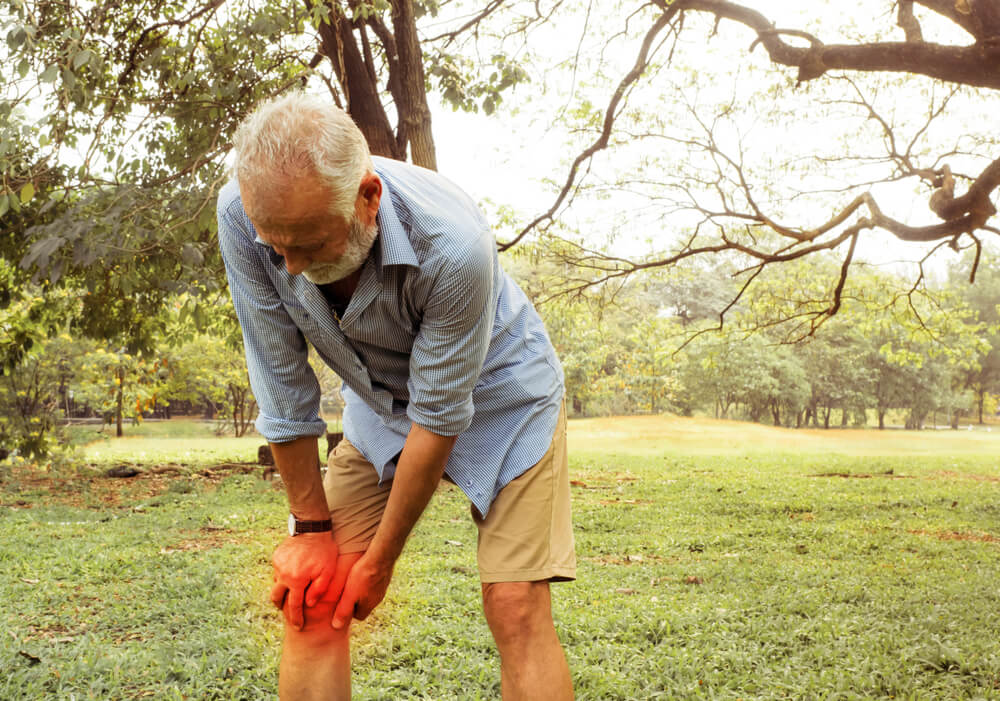Your knees are complicated joints made up of several ligaments that provide stability for the entire body. When one or more of these ligaments are stretched or torn, you can lose total use of the knee until it recovers. One of the knee ligaments that can be injured is the medial collateral ligament (MCL).
The MCL runs along the inside of the knee, and it connects your shinbone to your thigh. It prevents the knee from bending inward and therefore helps the knees and legs remain stable. However, placing too much stress on your knee in an inward direction can sprain the MCL, causing it to stretch or tear. Doing so can be painful and limit your ability to fully bend and straighten your knee. Symptoms of a sprained MCL can include:
- Swelling.
- Bruising.
- Limited mobility.
- Instability, or a feeling that the knee may give out.
Nonsurgical treatments like physical therapy and rest can help ease symptoms of a sprained MCL.
How long does it take to recover from a sprained MCL?
Not all MCL sprains are equal. Some are minor and take a few days of rest to recover from. Others are more serious and require much more time for treatment. A study showed that athletes who suffer MCL sprains require an average of 16 days of downtime. That means that athletes may have to miss a chunk of their season while they recover from an MCL sprain.
MCL sprains are graded on a scale of 1 to 3, and each grade requires progressively more healing time. If you’ve sprained your MCL, your doctor will classify it as one of the following grades:
- Grade 1 — Grade 1 sprains are minor. They involve a slight overstretching of the ligament that can lead to pain, swelling and limited use of the knee. A person with a Grade 1 MCL sprain usually recovers within a few days or couple of weeks. To speed up the recovery process, patients can combine rest with physical therapy.
- Grade 2 — These sprains involve a more severely overstretched MCL or even small tears. Grade 2 sprains can typically require two to four weeks for recovery. During this period, resting the knee is extremely important. Physical rehabilitation exercises can help improve the outcome of recovery.
- Grade 3 — A Grade 3 sprain is an intense tear that can take up to 12 weeks of recovery. These kinds of tears are usually accompanied by other forms of damage, such as a torn meniscus or a torn anterior cruciate ligament (ACL), which are other crucial components of the knee. If the MCL is completely torn, the joint will be especially loose. If the surrounding tissue is damaged as well, then the instability of the joint can double. As a result, Grade 3 MCL sprains often require surgery.
What should you do if you tore your MCL?
You can better identify treatments that work for you if you know you sprained your MCL and are aware of the grade of your injury. A physical exam — which involves placing pressure on the knee and testing its stability — can help you know if you have a torn MCL. In some cases, you may need an MRI or ultrasound to evaluate the severity of your injury and any surrounding damage to the knee.
The following nonsurgical treatments can help you strengthen and heal your sprained MCL. They can also help prevent further injury.
- Rest and elevate. Most treatments for sprained MCL will require rest. Medical professionals may recommend the use of crutches and a brace to limit the amount of weight placed on the knee. Elevating the knee above the heart can also increase blood flow throughout the leg and help drain excess fluid.
- Apply compression. A compressive bandage or wrap can help control swelling and inflammation around the knee. A compression sleeve can offer a light squeeze that encourages blood flow to the ligament and surrounding tissue. It can also help to stabilize the knee.
- Go to physical therapy. Physical therapists are well versed in musculoskeletal injuries like MCL sprains. They can evaluate your knee injury and introduce a treatment plan specific to your joint’s limitations. A study found that just one session of manual therapy combined with a home exercise program decreased overall knee pain and increased its range of motion. Physical therapy can be crucial to helping patients regain knee strength and limit chronic pain.
Visit Advent Physical Therapy for sprained MCL treatment
If you have a sprained MCL, you should get in touch with our Advent Physical Therapy team to see how we can help you. Our team specializes in many exercises and other treatments designed to reduce pain and improve your range of motion while your MCL recovers. We can also work to get you back to sports, work and normal activities as quickly as possible.
Contact our team today for more information about sprained MCL treatment or to schedule an initial appointment.

